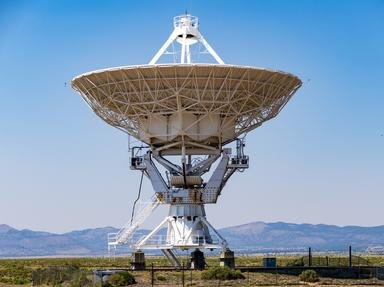Quiz Answer Key and Fun Facts
1. Which of these books was written by Claudius Ptolemy?
2. One Parsec equals how many light years?
3. The Sun is the brightest star that we can see in the sky. Which star is the second brightest?
4. The sky appears blue due to which effect?
5. Which astronomer wrote the book 'De Revolutionibus Orbium Coelestium'?
6. Which remote planet was predicted by scientist Urbain Le Verrier and verified by astronomer Johann Gottfried Galle?
7. How old was Valentina Tereshkova when she became the first woman in space?
8. The study of which planet was the primary purpose of the Cassini-Huygens mission?
9. The aphelion is a planetary orbit's point furthest from the Sun and the perihelion is a planetary orbit's point closest to the Sun.
10. Which is the smallest planet of the non-terrestrial giants?
Source: Author
tiye
This quiz was reviewed by FunTrivia editor
rossian before going online.
Any errors found in FunTrivia content are routinely corrected through our feedback system.
